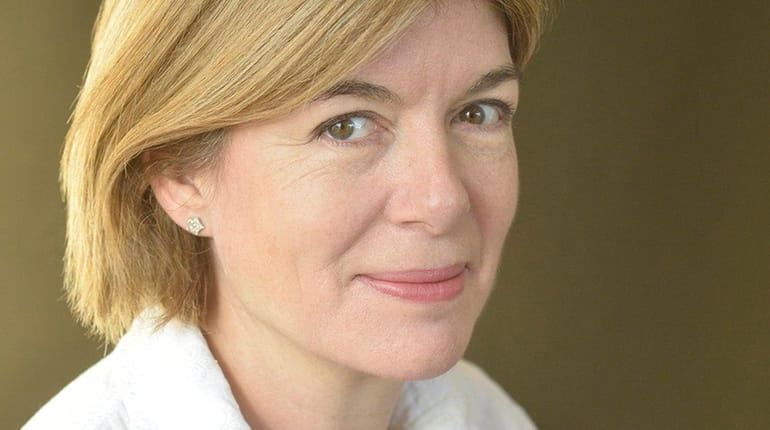‘The Burning Girl’ review: Claire Messud’s new novel explores two teen girls’ friendship

Claire Messud, author of "The Burning Girl" Credit: Ulf Andersen
THE BURNING GIRL, by Claire Messud. W.W. Norton & Co., 247 pp., $25.95
Claire Messud’s thoughtful new novel, “The Burning Girl,” centers on teenage Julia Robertson and Cassie Burns, friends since preschool in contemporary Royston, Massachusetts. As they grow older, their personalities change, and so do their prospects. Julia’s happy family is quite different from Cassie’s unhappy one, pace Tolstoy. Like their town and their immediate circumstances, this book is quiet — until it isn’t.
When the girls are in seventh grade, Cassie’s mother, Bev, marries the creepy Anders Shute, whose disapproval of his stepdaughter’s friends furthers an already-forming rift between Cassie and Julia. Cassie has begun flirting with drink, drugs and sex; while Julia joins the speech team, makes friends in honors English class, and gains a boyfriend. Julia compares her obliviousness to Cassie’s path with the idea that Goya was busy painting Spanish royals just as Marie Antoinette was beheaded: “I guess I was Goya, just doing my thing, and she was the French Revolution.” One reason for Cassie’s insurrection: Loathing for her new stepfather ignites her need to search for the man she knows only as “Clarke Burns” — her father.
All this is the stuff of many, many novels about young women, and readers will need to be somewhat patient as the author constructs Julia’s narrative voice — one with authority, yet almost no understanding. Julia knows how this story will end but remains a callow adolescent.
Julia burns with ambition, privilege and possibility. Her family vacations on Mount Desert Island in Maine, she gets a trendy haircut at the Copley Plaza, she attends theater camp. “That month,” Julia says, “Royston fell away: for the first time I could picture myself elsewhere, doing something consuming and unexpected.” Yet Cassie has her own burning desires, including that search for her father; she steals away to another city with little more than a few snacks and a change of clothes in order to meet him.
Two major scenes in “The Burning Girl” take place at an abandoned women’s asylum, the Bonnybrook, on the outskirts of Royston, a three-story brick building whose darkened windows make it look as if it were “an almost human monster.” Julia imagines that it carried “the sadness of the women who’d been trapped there, the anorexic teenagers and the young mothers who heard voices and the old women shattered past repair by their tragedies.”
Julia imagines them, but doesn’t understand them, any more than she understands her once-best friend. As Cassie and Julia’s dreams diverge, so does their friendship. While their relationship never definitively breaks, it is killed by a thousand cuts, the kind that involve families, boyfriends, after-school activities — and different expectations about the future. “The Burning Girl” asks us to look hard at what we imagine about others and their lives before we take action or profess friendship. It’s an unflinching examination of how little we can do to save anyone else.
